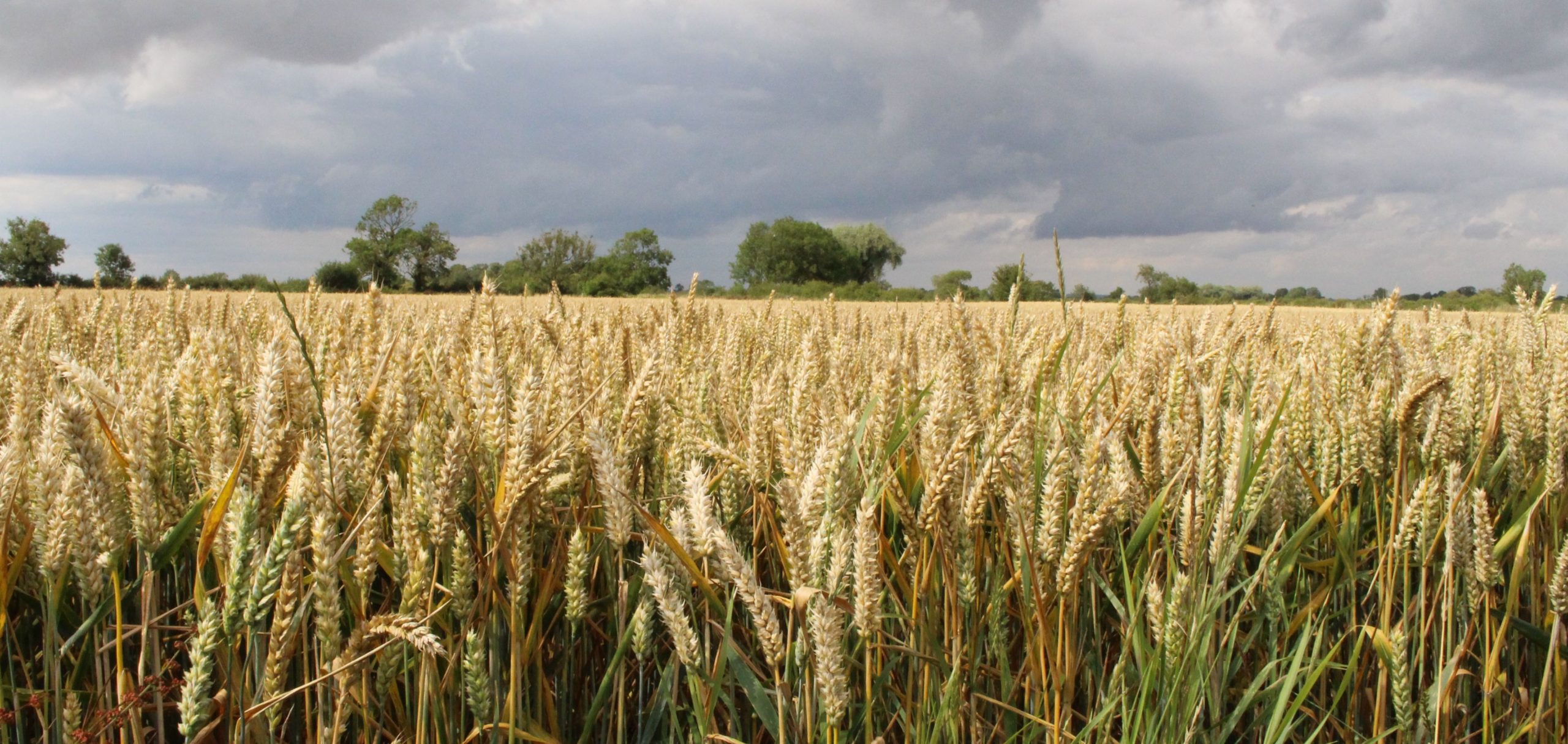
High wheat yields; a rollercoaster?
5th February 2017Posted by Jim Orson, NIAB TAG and BCPC Board of Management 5 February 2017
In a recent blog I discussed the fact that the variation in physical yields between varieties in the winter wheat recommended list trials is the same in both high and low yielding situations. My logical conclusion is that variety choice, in terms of percentage output, is more influential on crop output in low yielding situations. I am sure that in the current economic climate of UK wheat production, an extra 0.25 t/ha due to variety choice will be more welcome by a farmer averaging 7 t/ha than by a farmer averaging 11 t/ha? Of course, this assumes it does not cost more to achieve that extra yield.
Comments have been received on this conclusion. It was argued that farms have both low yielding and high yielding crops and also that yields vary between years. However, I am sticking to my guns because there are fields and farms that consistently have yields well above and well below national averages. Also, there are regions in the UK where yields are fairly consistently above or below national average yields.
An example of a high yielding farm is Salle Farms, near Norwich. The graph below shows the progress in winter wheat yields over the last two decades. Yields are up by 2 t/ha whilst the average yields for England and the Defra Eastern Region have barely increased. You will have to attend the upcoming AAB/BCPC conference to hear how Poul Hovesen has achieved this enviable performance.

What intrigues me is that the peaks and troughs in yields at Salle seem to be more exaggerated than those in the English and Eastern Region averages. Maybe this is inevitable because yields on individual farms will vary more from year to year than national or regional averages. However, I have done some crude statistics and the peaks and troughs at Salle are far higher. At the very least, the graph shows that high yielding farms are not immune to volatility in yields and are perhaps more prone, in absolute yield terms, to significant year to year variation.
Should this be the case, then it is perhaps straightforward to proffer an explanation. I have been attempting to predict wheat yields in early July blogs each year since 2012. It is a far easier task when there is no significant shortage of soil moisture. This means that one key weather variable can be dismissed. The real challenge is in years when it is dry in the spring and early summer. Has crop growth been largely unhindered or has the lack of moisture had a significant impact on final yield?
Unfortunately for yield forecasting, high yielding years tend to have dry springs and early summers. With less cloud there is more solar radiation to drive yield potential. Hence, achieving high yields is a tightrope act of getting generous supplies of solar radiation whilst ensuring there is sufficient moisture available to enable the plant to process it into yield. In such situations, soil moisture supplies are crucial and high yielding farms have crops with healthy roots growing in healthy and moisture retentive soils. This combination of healthy roots and healthy soils may explain the significant peaks at Salle and also the less significant yield increases in some years when the national and regional crops remain fairly average.
In low yielding years there tends to be more rain in the spring and early summer and as a result less radiation. For instance, the Junes of 2007, 2012 and 2016 were all wetter and cloudier than average. In such conditions, most or all crops have sufficient moisture and provided that they have a full canopy are able to exploit the lower amount of solar radiation. This results in an overall drop in yield and a coming together of yields on typically high yielding and low yielding farms i.e. adequate (but not too much) rainfall in the spring and early summer are a leveller of crop performance. It is worth pointing out that 2001 had a fairly dry May and June but yields on all farms were lower than average because of the inevitable damage done to the soil and roots in the appallingly wet autumn/early winter of 2000 and early spring of 2001. This was the stuff of nightmares.
To be more succinct, good crop and soil management ensures that yield potential is exploited to the utmost in years when it is high, but in years when low solar radiation significantly limits yield potential, there is not much that good crop and soil management can do to compensate. The disappointing aspect of this observation is that whilst good crop and soil management lead to higher yields they do not appear to reduce the variation in yields from year to year, they may even increase it.
To be even more succinct, the answer lies in the soil (and its management).

